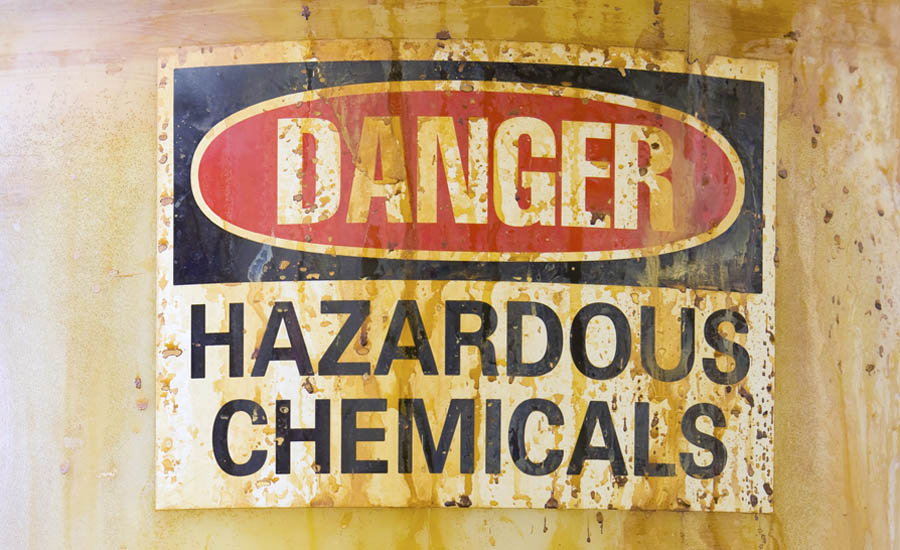The National Transportation Safety Board’s (NTSB) investigation of a crash involving a semitrailer cargo tank loaded with propane has identified safety issues that while unrelated to the probable cause, pose a substantial risk to the driving public.
The NTSB’s investigation of the March 11, 2016, crash involving a 10,500-gallon cargo tank semitrailer, revealed issues with the loading of the cargo tank, inspection and testing of the tank and the qualification and training of cargo tank inspectors. These issues did not contribute to the crash or the severity of the crash, however, these issues pose a substantial risk to the driving public, prompting the NTSB to issue six safety recommendations.
The single vehicle accident near Stroud, Alabama, seriously injured the truck driver. The cargo tank semitrailer separated from the truck-tractor when the driver overcorrected after encroaching the southbound lane of County Route 256. The tank subsequently struck a rock, which breached the tank and a fire ensued.
The Federal Motor Carrier Safety Administration received two safety recommendations to enhance enforcement of cargo tank requalification procedures and to work with the Pipeline and Hazardous Materials Safety Administration to incorporate, by reference into the Hazardous Materials Regulations, inspector training requirements of industry cargo tank inspection code.
The NTSB issued three safety recommendations to the Pipeline and Hazardous Materials Safety Administration including one to eliminate a Grandfather provision for less qualified inspectors, to revise the definition of registered inspector and to ensure all persons certified to inspect cargo tanks are qualified and competent, and to implement regulations that provide for suspension and revocation of cargo tank inspector registrations.
One safety recommendation was issued to Enterprise Propane terminals and Storage LLC – the facility at which the cargo tank was loaded – to develop and implement an oversight procedure at its liquefied petroleum gas loading facilities.
Ensuring the safe shipment of hazardous materials is an issue area on the NTSB’s Most Wanted List of Transportation Safety Improvements.
The NTSB’s full report is available at https://go.usa.gov/xn7qZ.





